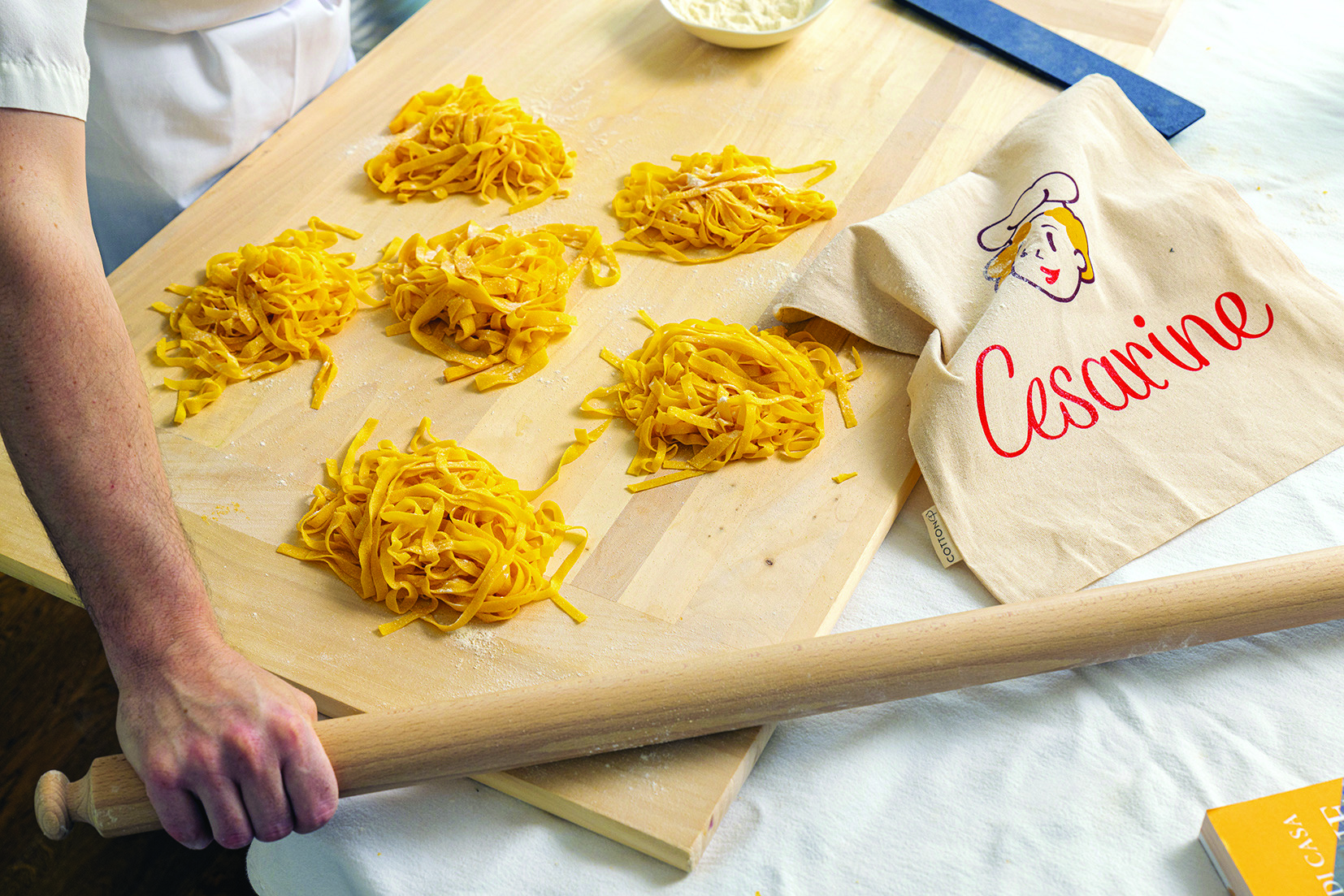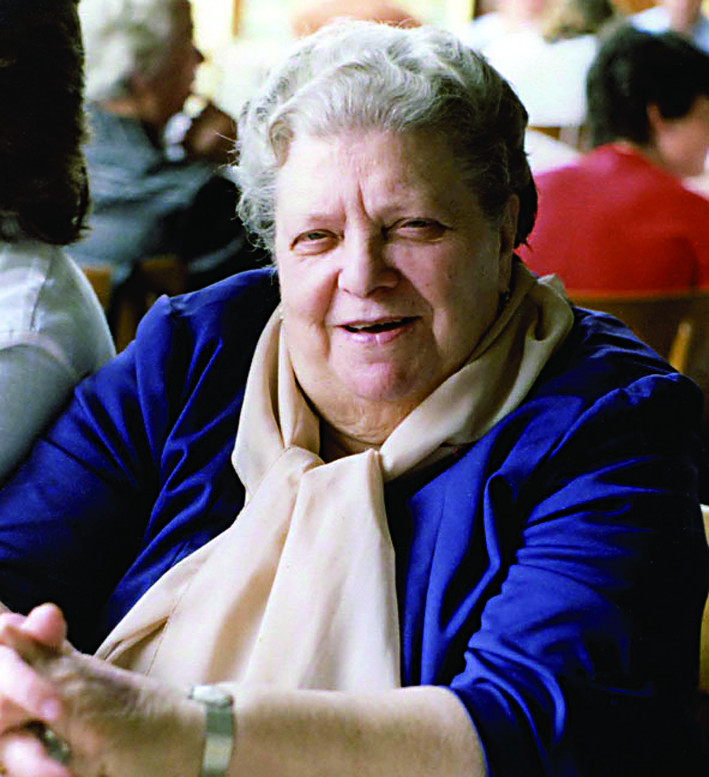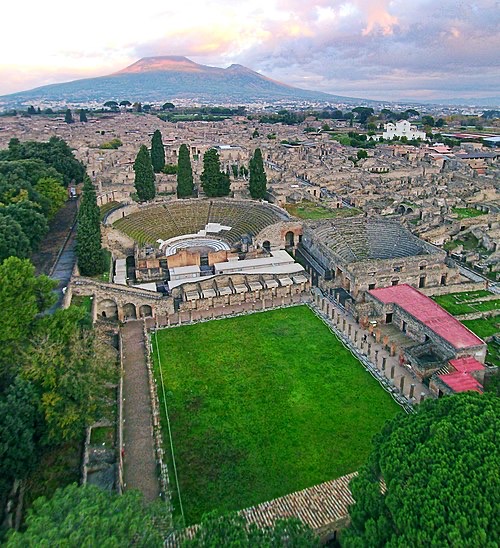When I first arrived in Rome in 1972 as a young bride, there were no ethnic restaurants except French “Charlie’s Saucerie” between the Colosseum and St. John Lateran, Japanese “Hamasei” near Piazza di Spagna, and the “Cantina Tirolese” near St. Peter’s, a favorite with Cardinal Ratzinger before he was elected Pope. All three are still in existence and delicious.
If foreign cuisine was unavailable, so was Italian from regions beyond central Italy. The only ones I remember, which also still exist, are Tuscan “Il Buco” between the Pantheon and St. Ignatius, “Al Bolognese” on Piazza del Popolo, still renowned for people-watching opportunities, and “Da Cesarina,” famous for tortellini, off the Via Veneto near the American Embassy to Italy. Almost all other restaurants served typically Roman or abruzzese fare, with Mamma and other female family members cooking and the men serving. They were all closed on Mondays.
The first ethnic restaurants to open in Rome were Chinese. They opened en masse in 1996 just before Hong Kong returned to China. Although they’re numerous, located in every neighborhood, sometimes several even on the same street, and particularly popular with young people thanks to their low prices, most are nothing to write home about. There are a few exceptions, however. One is “63 Ristorante Cinese,” located at Via delle Fornaci 63 across the street from St. Peter’s. It is known for its generous “all you can eat” menu, a valid alternative to its neighboring tourist traps. Another is elegant “Green T” at Via del Pie’ di Marmo 28 near the Pantheon, also home to a tearoom and clothing and interior design boutique. Here the specialty is traditional “Peking Duck” in three servings, but not to be missed are sesame and shrimp rolls, wan ton algae, salmon and calamari tempura with wasabi sauce and black rice in a lotus leaf, and Chairman Mao’s favorite, pork belly from Hunan braised in rice wine with caramelized sugar. Yet another, “Mr. Chow” at Via Genova 29/a, now in its second generation, is a favorite among local Chinese residents. Among its specialties: chicken with black mushrooms and bamboo, wonton soup, five-colored rice, spring rolls, roasted ravioli, crispy duck, and crispy spaghetti with beansprouts.
Another longtime Asian favorite is the Nguyen family’s “Thiem Kim” at Via Giulia 201 for a full-immersion course in Vietnamese gastronomy. Follow their advice between rice spaghetti with roasted shrimp, Imperial rolls, sweet-and-sour soup, spicy meat satay, and shrimp with bamboo and ginger. The fruit-based sweets are also mouth-watering.
During the past decade sushi has invaded Rome. In addition to restaurants, numerous bars serve sushi at happy hour, and supermarkets prepare it before your eyes onsite. For the best in town, head straight to “Hamasei” or to “Zen Sushi” at Via degli Scipioni 243, not far from the Vatican. Sit at the bar and feast your eyes as the wide choice of dishes passes by on a conveyor belt. The only glitch: No reservations. Another mouth-watering sushi conveyor belt is at “Sushisen” at Via Giuseppe Giuletti not far from F.A.O. (the United Nation’s Food and Agriculture Organization). A 15-minute ride on bus no. 23 from the Vatican and thus a bit off the beaten track, it’s worth the detour. Other venues for top sushi are “Hasekura” at Via dei Serpenti 27, not far from the Colosseum (the wasabi ice cream is to die for); “Rokko” at Passeggiata di Ripetta 15 near Piazza del Popolo; and “Doozo” at Via Palermo 51/53, which is a restaurant (oh! for those homemade sweets), bookstore, and art gallery rolled into one.
For non-Oriental ethnic restaurants, I can recommend “Surya Mahal” at Piazza Trilussa 50 for its vegetarian, meat, or fish menus of Indian delights; also, all off the beaten track, but worth detours, “Mesob,” “Massawa” and “Asmara” to anyone homesick for Africa; and for authentic Mexican and Tex-Mex cuisine and cocktails, “El Pueblo,” “La Cucaracha” and “T-Bone Steak,” all three near Vatican City.
I was inspired to write this piece by my last month’s story about Rodelio Aglibot and his fusion menu at “Me Geisha.” For two other delicious fusion locations: again Japanese/Brazilian, go to either branch of “Temakinho,” the original in the trendy neighborhood of “Monti” at Via dei Serpenti 16 (on the same street as “Hasekura”), or near St. Peter’s at Borgo Angelico 30. The fruit-based non-alcoholic drinks are a child’s delight.







Facebook Comments